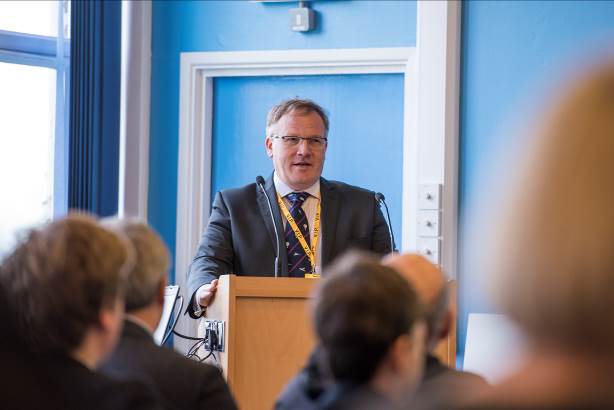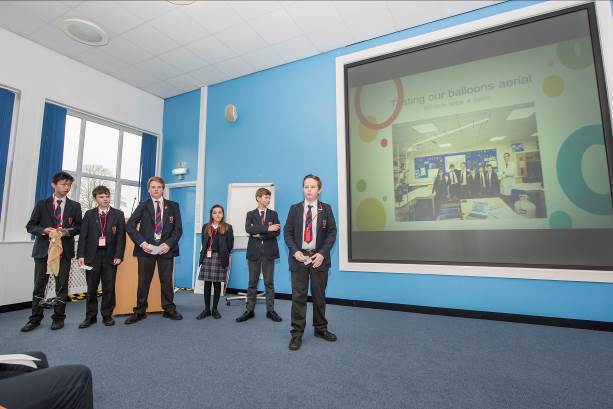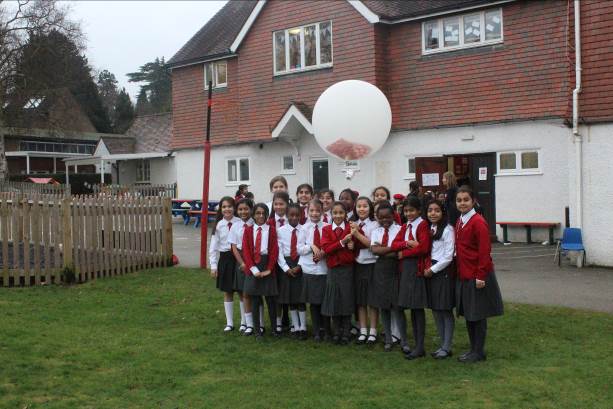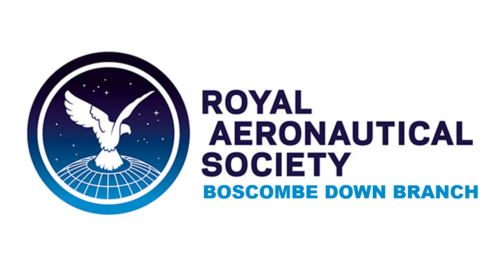As the summer of 2015 turned to autumn, the Branch committee at Boscombe Down turned its attention to the Society’s (then) forthco
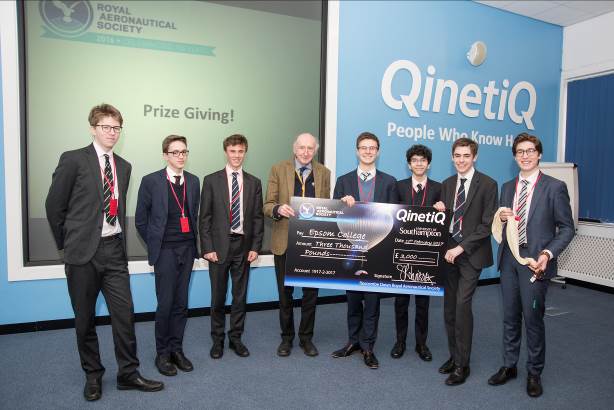
Genesis
As the summer of 2015 turned to autumn, the Branch committee at Boscombe Down turned its attention to the Society’s (then) forthcoming 150th anniversary, and wondered what it might contribute. A Systems Engineering approach was almost inevitable here, and in due course a list of requirements began to emerge: What was needed was something a little bit different; something that echoed the first tentative steps in aviation; something practical and fun to do; something that would encourage our next generation of aviators, aeronautical engineers, and scientists; and, because this was all based at MOD Boscombe Down, something that had just a whiff of test and evaluation about it. Finally, since almost any project would cost money, it had to be something that would attract a realistic level of sponsorship.
From this ‘shopping list’ came the Balloon Challenge; a STEM outreach project for children of secondary‑school age. Their challenge was to fly a 2m-diameter helium balloon higher, further, or for longer than any of the other competitors; and their reward for doing so would be three Grand Prizes: £1000 for each category of height, distance, and endurance.
The sponsors
From the outset, the Challenge enjoyed a level goodwill and support that was truly superb.
QinetiQ and the University of Southampton kindly provided the main prizes. QinetiQ also donated a ‘fill’ of helium gas to each of the schools who formally registered in the competition; and supported the Challenge organising committee in numerous other ways (time off, hire cars, etc), most of which was generally invisible to anyone who was not directly involved.
One further prize was donated by Chris Hillcox of HAB Supplies. This took the form of a fully‑sponsored balloon (much larger than the 2m maximum size allowed in the Challenge), together with a helium fill, and all the components for a trackable photographic payload.
Many other organisations, businesses, and individuals also helped the Challenge in ways too numerous to mention. The organisers are deeply indebted to all of them.
A two-horse race
Despite a concerted and widespread advertising campaign, just seven schools signed up as registered competitors in the Challenge; and from these, two rapidly emerged as the most serious contenders for prizes.
Epsom College put in a Herculean effort, launching 6 flights in all (with a seventh in reserve for the evening of 31 Dec). The students who built the balloon payloads were led by two very enthusiastic teachers, and the whole team engaged with this competition in a most positive way. From the outset, their appetite for the Balloon Challenge and their determination to win it, was palpable. Yet, despite being fiercely competitive, they were totally committed to playing strictly by the rules in everything they did. More than this, they respected a UK HAS advisory launch embargo when weather conditions would have carried their balloons into airport traffic zones (so as not to bring the Balloon Challenge into disrepute).
Ryde School with Upper Chine was also an enthusiastic competitor, but here the team was more student-led. The Senior Science Technician was the school’s point of contact with the organising committee. The Ryde team did, however, plan their flights with full cognizance of NOTAM requirements; and with commendable attention to the engineering detail of optimal gassing – the trick being to put not too much gas into a balloon. After one false start, which necessitated payload recovery from a nearby tree, the Ryde balloon flew furthest and for the longest duration (by a large margin), but since the balloon itself was just bigger than the maximum size permitted in the Challenge, this result did not count. It was, nevertheless, a significant achievement in its own right.
And the winner is …
The Challenge ended with the anniversary year, at midnight on 31 December 2016. In the New Year, pupils and staff, together with other invited guests, attended a prize giving ceremony at MOD Boscombe Down.
Epsom College won all three £1000 prizes: for greatest altitude, greatest distance, and greatest endurance. Ryde School with Upper Chine (Isle of Wight) won the Chris Hillcox HAB Supplies prize for a commendable flight achievement that did not qualify for any of the three main prizes.
Reflections
At the time of its conception, The Balloon Challenge seemed as though it could be a good thing to do. Now that it has been done, there is widespread agreement that it was. The number of school children who benefitted in some way from this activity cannot be known with any degree of certainty. Some were closely involved and would have learnt much from their practical experience. Others had more peripheral contact, but probably took something away from it. Hopefully, they all enjoyed it.
The organisers certainly enjoyed it, and they too gained some tangible benefits in the form of graduate CPD.
And there is a rather nice footnote: Epsom College are now running a simplified version of the Challenge for children of preparatory-school age. Through this continuing project, active promotion of the STEM subjects (and an infectious enthusiasm for aeronautics in particular) really is spreading to the next generation. We should like to think that the early pioneers would approve of our efforts. I think they might.
Rod Angel
